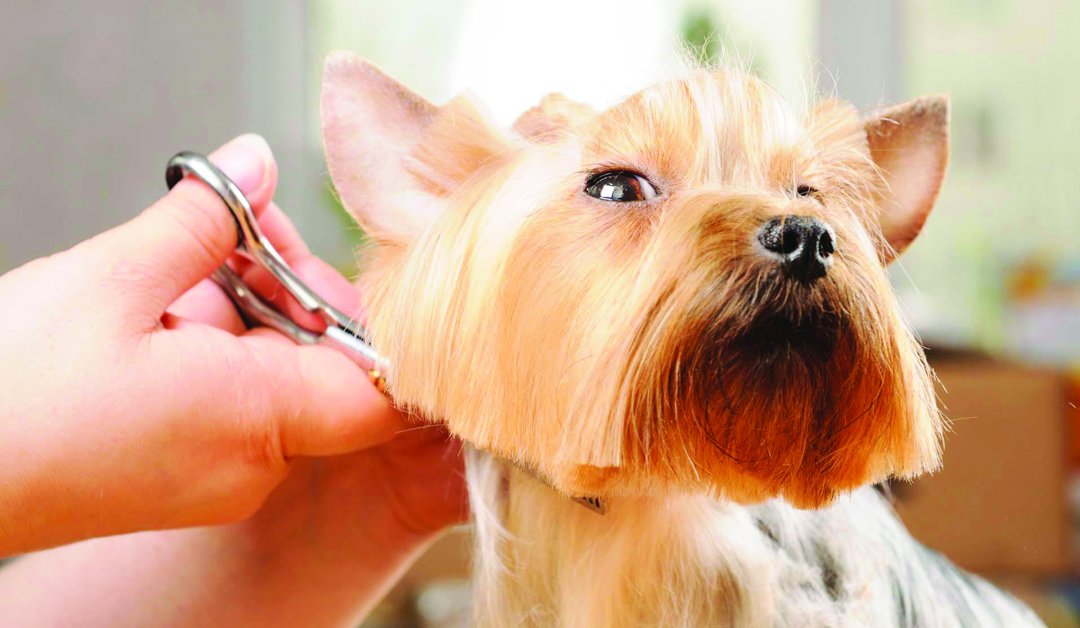
The earlier your puppy gets used to grooming appointments the quicker he’ll adjust to them, and that’s not a bad thing
Even if you have a short-coated dog, there comes a time in his life when you say: Pew! What stinks in here? OMG… it’s the dog!” It’s time to visit a professional groomer, so that your pup looks and feels his best. But a trip to the groomer is more than just a costly bath. It can also include nail clipping, a hair trim or shave, and skin exfoliation. And chances are your dog isn’t used to this kind of five-star treatment. If you want your dog’s visit to go as smoothly as possible, here’s what you need to do before taking your dog to his first professional groomer visit. But remember, during the first grooming session, the main idea is to familiarise puppies with the process. As mentioned previously (and this cannot be overemphasized) a pup’s initial experiences at the grooming salon can set the stage for how he responds to being groomed for the rest of his life. So it’s important to make the experience as pleasant as possible.
Early Start
If you get your puppy acquainted with the grooming salon at a tender age, it generally is easier on him in the long run. The strange sights and sounds of new places can be anxiety-inducing in doggies, and the younger they experience something, the better. Being professionally groomed entails a lot of contact with an unfamiliar person, and an early start can make it almost second nature in your pup. Just remember to reward your puppy with a yummy treat immediately after his appointment is through — you want to establish that pleasant association, after all.
Vaccinations
Good salons insist on it but even if your neighbourhood pet groomer doesn’t for want of some quick money, remember it can be harmful for your canine’s health. Before your little one ventures out into the world, make sure he’s gotten all of his necessary puppy vaccinations, no exceptions. Consult with your veterinarian to make sure that your pet is A-OK in this department. If your puppy visits a grooming salon without having all of his vaccinations, it puts him at risk for all of the potential infections that could be floating around — not good. Protect your precious pooch by not scheduling that appointment until he’s gotten all of the appropriate shots, as his health is priceless. Puppies generally are through with all of their puppy shots by 6 months in age if not sooner. As soon as your puppy has received his third set of shots, start looking into grooming salons in your area.
Right Salon
Since a puppy’s first impression of grooming is so important, call the salons you’re interested in and inquire about possibly getting a quick tour of the place. Do not book an appointment at any salon that doesn’t leave you feeling completely confident and at ease. Glance around the salons, and take a whiff to judge whether they appear and smell fresh and hygienic. Look at the interactions between the groomers and their canine clientele, and note whether the dogs appear to be relaxed. Speak to the specific groomers who may service your dog. If he or she is knowledgeable and enthusiastic about giving you the information you want, you might just have a winner.
DIY Grooming
If your young pup isn’t through with his vaccinations, it’s still important for you to do some regular grooming of him by yourself at home, like regular brushing. This is especially helpful if your pet’s coat looks a little unkempt: Say he got into something messy and now has a little pesky matting. Not only is brushing your puppy’s coat a good way for you to bond with him, it can help set the stage for his later grooming appointments. If you have any questions regarding coat trimming, talk to a professional before you proceed. How often you need to groom your dog depends on his size, breed, and type of coat.
Brushing
Several brushing sessions a week will keep the average dog neat and clean; daily attention is even better. Brush all the way down to the skin, letting the massaging action stimulate blood circulation and loosen and remove flakes of dandruff. The kind of equipment you need depends on your dog’s coat texture and length. Longhaired dogs need pin brushes, which have long, round-ended stainless-steel or chrome-plated pins. Short-, medium-, and some long-coated breeds need bristle brushes. There are also slicker brushes for removing mats and dead hair; rubber curry combs to polish smooth coats and remove dead hair; clippers, stripping knives, rakes, hair dryers, and other grooming tools. When brushing, always check for burrs and other stubborn plant material; mats, which most frequently form behind the ears and under the legs; and any cuts or scrapes on the skin itself. All dogs shed, though some definitely shed more than others. Regular brushing will help keep shedding under control.
Nail Trimming
Nails must be kept short for the feet to remain healthy. Long nails interfere with the dog’s gait, making walking awkward or painful. They can also break easily. This usually happens at the base of the nail, where blood vessels and nerves are located, and precipitates a trip to the veterinarian. If you can hear the nails clicking on the floor, they’re too long. To trim your dog’s nails, use a specially designed clipper. Most have safety guards to prevent you from cutting the nails too short. You want to trim only the ends, before the “quick” which is a blood vessel inside the nail. (You can see where the quick ends on a white nail, but not on a dark nail.) Clip only the hook-like part of the nail that turns down. Many dogs dislike having their nails trimmed. You can make it a painless procedure by getting your dog used to having his feet handled in puppyhood. Start trimming gently, a nail or two at a time, and your dog will learn that you’re not going to hurt him. If you accidentally cut the quick, stop the bleeding with some styptic powder. If you find it impossible to clip your dog’s nails, take him to a veterinarian or groomer.
Ear Cleaning
You should clean your dog’s ears once a month, more if he’s prone to ear problems. Clean the outer part of the ear only, using a damp cloth or a cotton swab soaked in mineral oil. Never force anything into the ear. Some dogs need the hair plucked just inside the ear to keep air circulating; ask your veterinarian if this is necessary for your dog.
Eye cleaning
Clean slight discharges with a moist cotton ball. Do not put anything irritating in your dog’s eyes.
Tooth Brushing
 Clean your dog’s teeth frequently with special toothbrushes and toothpaste desgined for dogs. If your dog balks at having his teeth brushed, get him used to it by rubbing his teeth and gums with your finger. Then put a little of the toothpaste on your finger and let him sniff and lick it; do the same with the toothbrush. Make sure to provide chew toys that will help clean his teeth. As your dog gets older, he may have a buildup of tartar that requires special cleaning by a veterinarian.
Clean your dog’s teeth frequently with special toothbrushes and toothpaste desgined for dogs. If your dog balks at having his teeth brushed, get him used to it by rubbing his teeth and gums with your finger. Then put a little of the toothpaste on your finger and let him sniff and lick it; do the same with the toothbrush. Make sure to provide chew toys that will help clean his teeth. As your dog gets older, he may have a buildup of tartar that requires special cleaning by a veterinarian.
To read more, subscribe to Buddy Life!
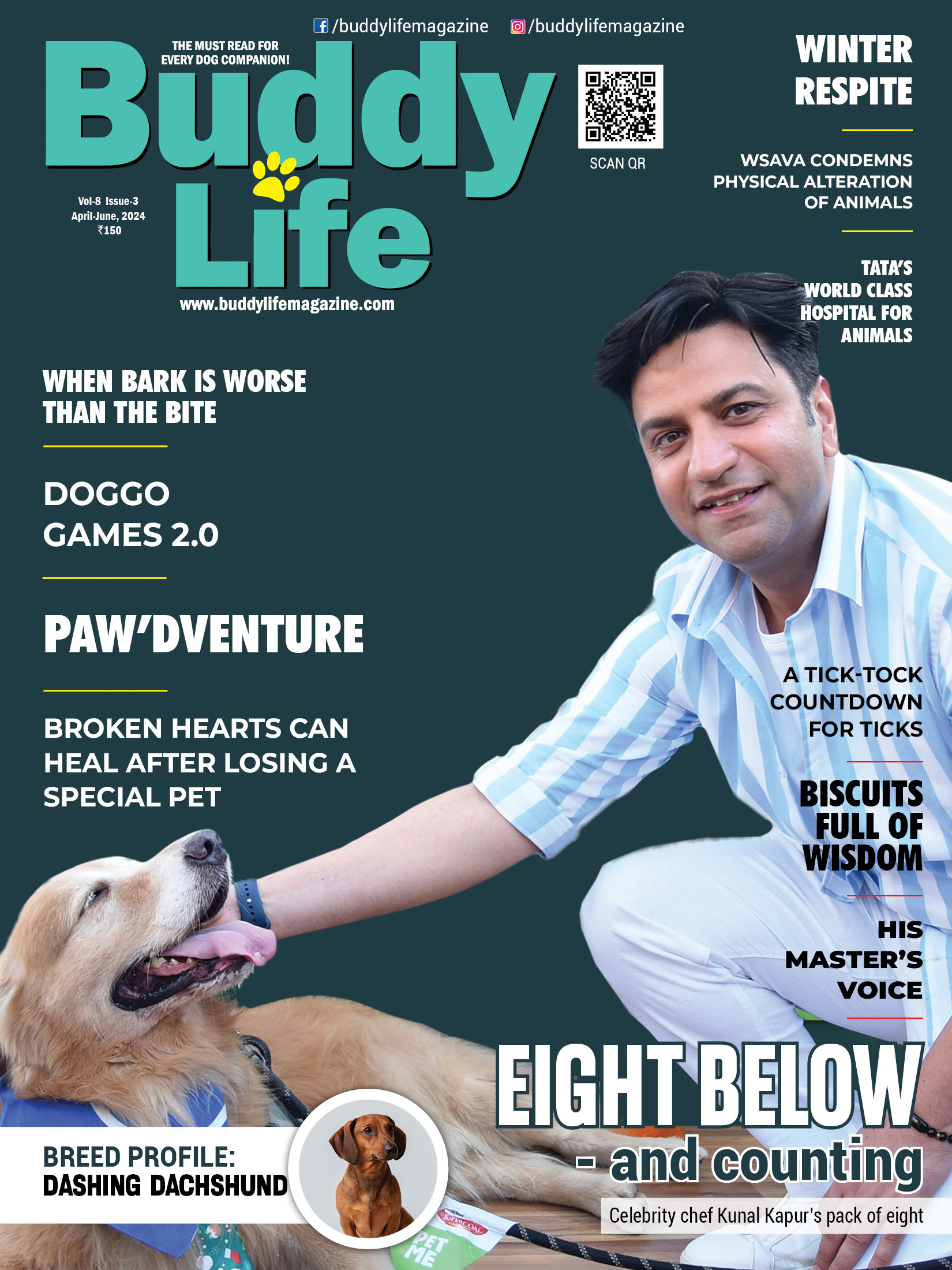
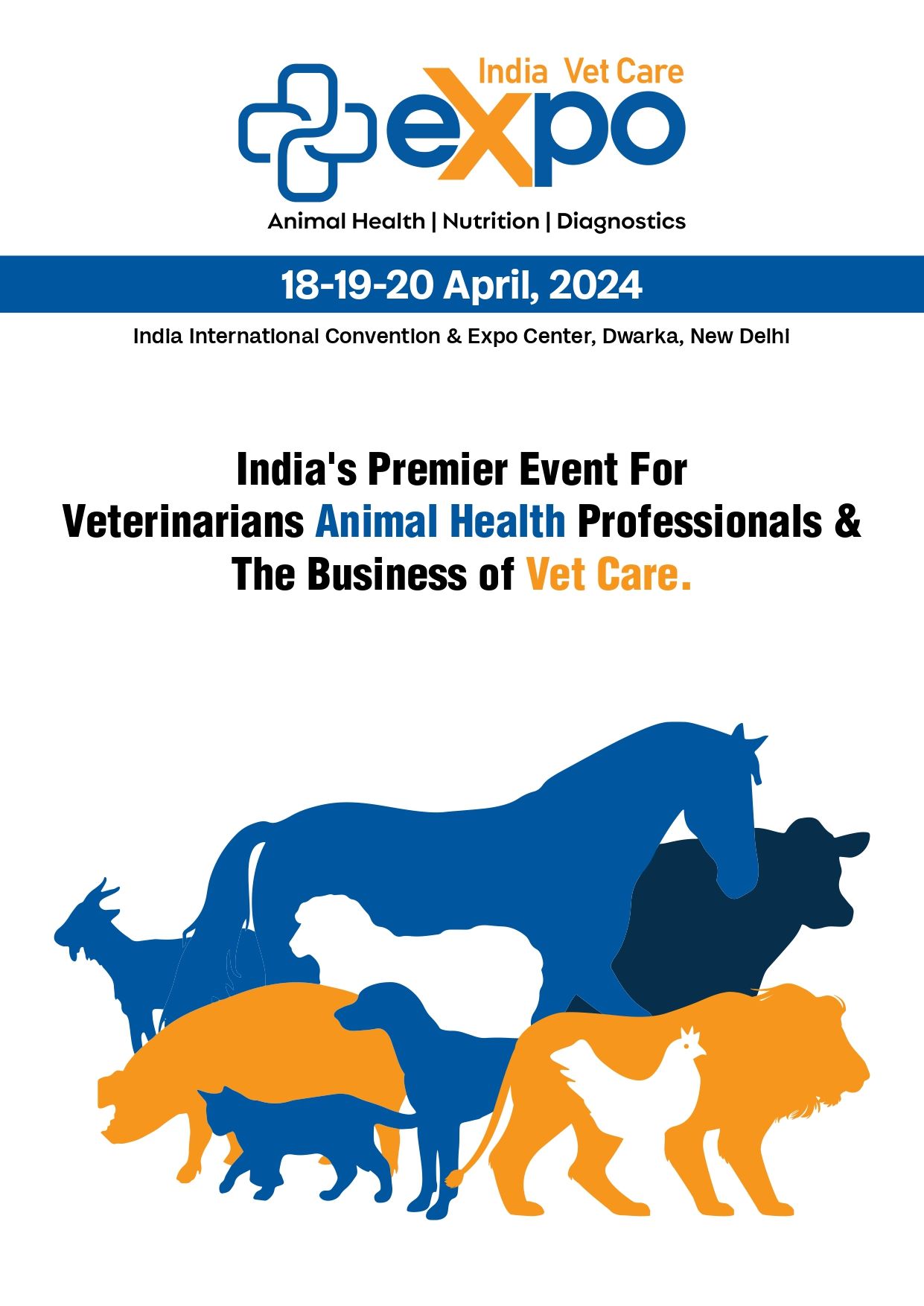


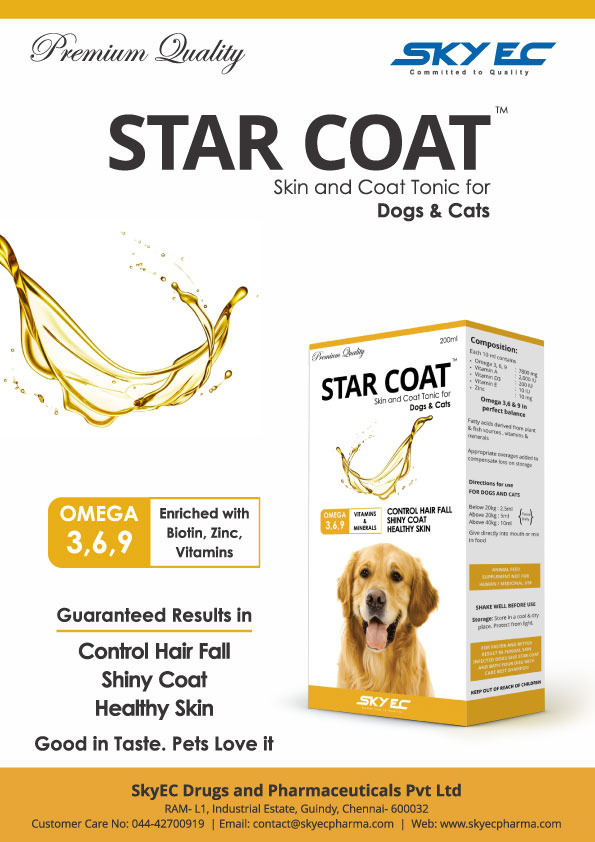
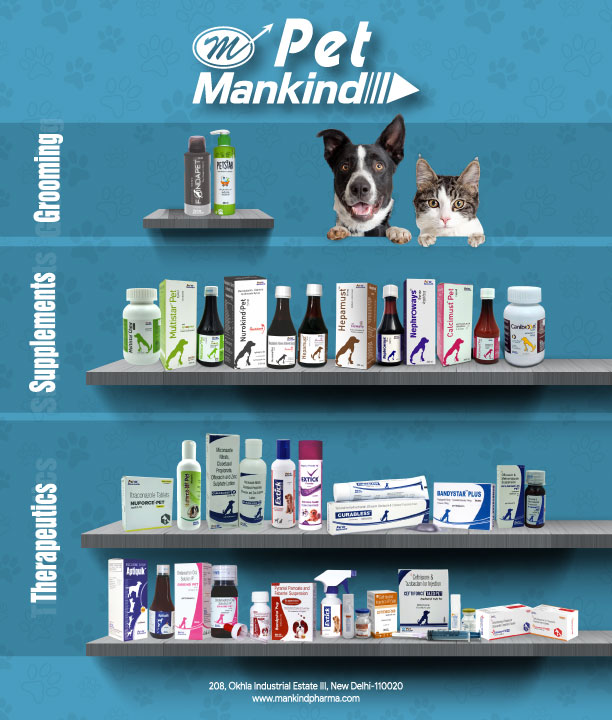
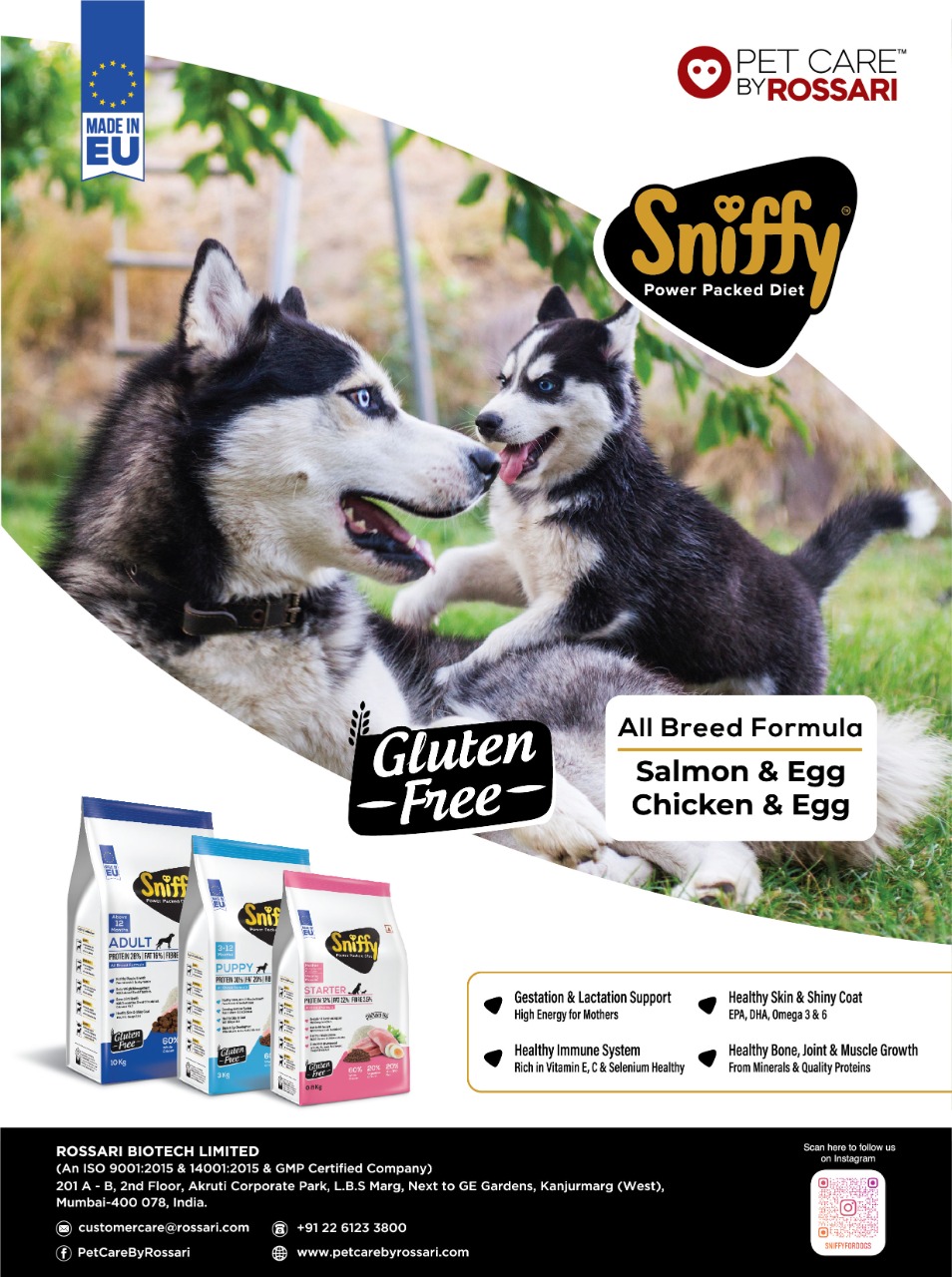
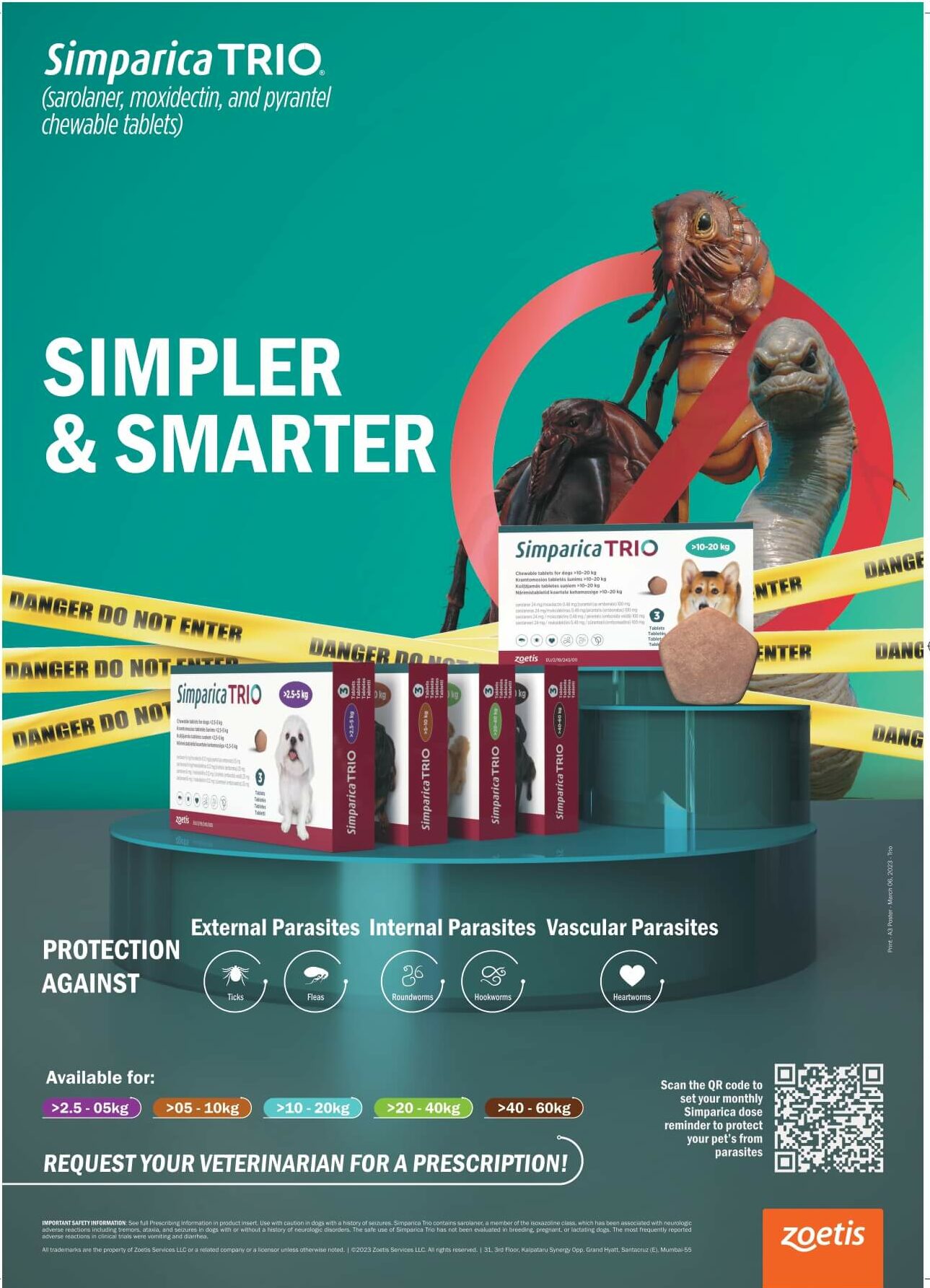
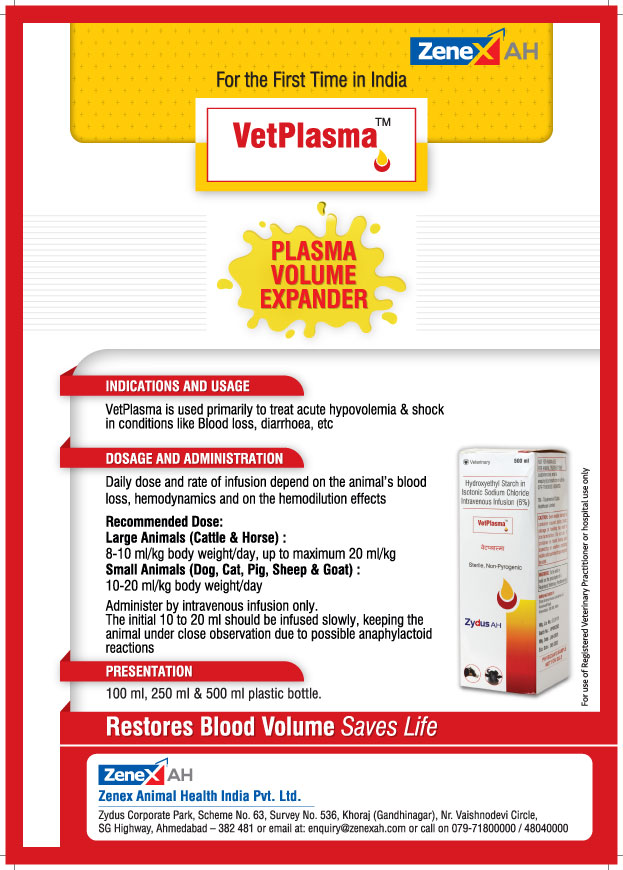

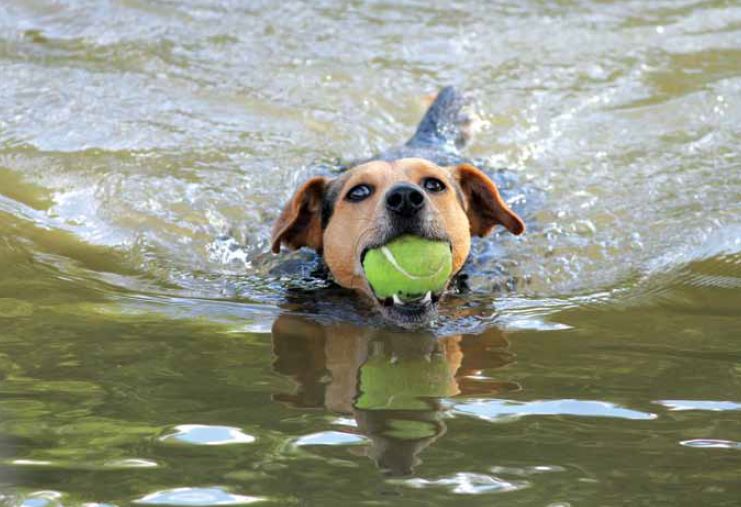 " >
" >
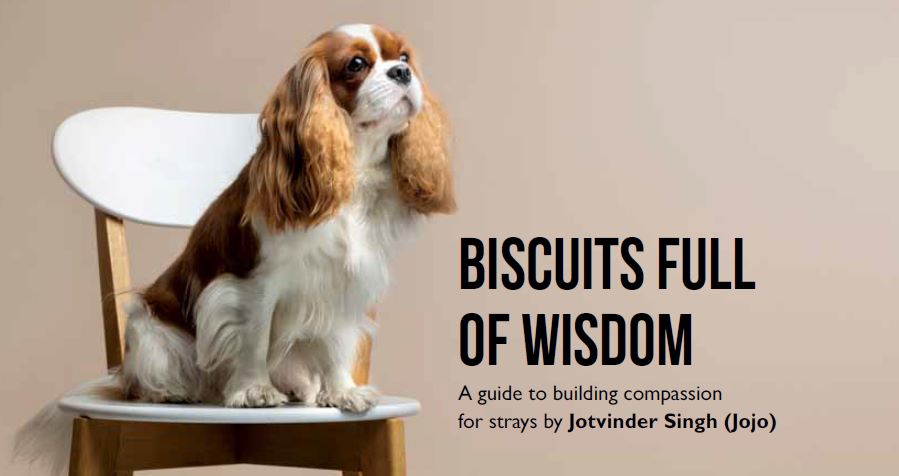 " >
" >